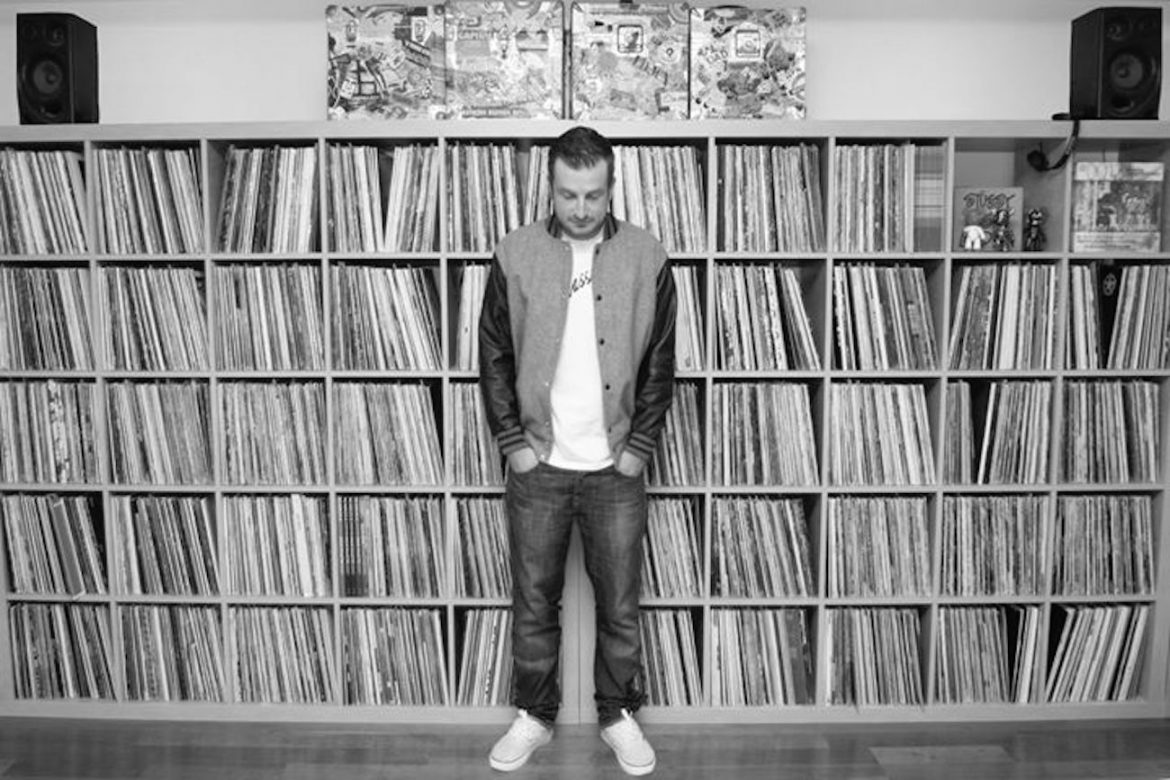Last month we hosted a webinar with UK producer, DJ, recording artist and WhoSampled team member Chris Read. WhoSampled is the world’s largest community and database for samples, cover songs and remixes, covering the entire history of music spanning over 1000 years and documenting all the fascinating musical connections along the way.
During our conversation we chatted to Chris about his history in the industry, the purpose of WhoSampled, music sampling best practices and much more. Listen to the conversation on our SynchStories podcast and check out Chris’ four best practices for music sampling below:
1) The technical best practices of sampling – where to look for music to sample, methods, techniques, what tools you need.
With affordable home computers in almost every home and the wealth of music and resources available on the internet, the entry points to getting started in music production have never been lower. Almost any computer / laptop can function as your workstation / sampler and basic software of the Garage Band variety is easily found online or even pre-installed on many machines. This and many other (in some cases free) software titles can help you learn the basics of arrangement and these skills are easily transferred to more in depth software titles like Logic, Ableton, Cubase etc.
As your skills progress, you might then want to consider investing in controllers for your software package (such as the Ableton Push) which allow you to work in a more ‘hands on’ way. External hardware, from synths through to hardware samplers and outboard effects, also remain popular with many producers who feel they deliver sounds not easily replicated by software, but for most beginners the decision to invest in this sort of gear will come after having spent some time with software packages.
2) The creative best practices of sampling – how to choose the right samples for your music.
In terms of deciding what to sample, a good starting point is to explore what sort of music your favourite producers are sampling (WhoSampled can help here). From there, find your own way by exploring music around the sources you’ve found – look at music from the same genre, on the same or similar labels and explore what other acts featured musicians have played with.
Look not just for music that you like, but for music that will be useful in the context of production: find music that has clean samples of solo instruments so you can be creative with a selection of instruments rather than just taking recognisable hooks. (One of the many reasons James Brown is a popular source for example is that many of his tracks contain solo drum break sections over which other instrumentation or vocals can be placed). If you intend to release music commercially and sample clearance is a concern, there are also many companies producing royalty free sample packs.
3) The legal best practices of sampling – copyrights and licenses involved, common misconceptions, how to avoid getting sued!
It’s an unfortunate consequence of the law being extremely out of step with the way that most music is made in the modern age that there is no simple sample clearance procedure that suits all scenarios. There’s an extent to which the market regulates itself on common sense principals: thousands of sample based tracks are released every year and broadly speaking the big sellers will have cleared their sources whilst many of the small independent releases will not have done. It remains the case that if you want a sample clearance, you will need to approach the original artist or their representatives and negotiate either their share of ownership in your track, an upfront fee or a combination of the two.
Copyright owners who are well advised will understand that pursuing independent artists who themselves have made little or no money over uncleared samples is not a wise use of their time or money, but that’s not to say it doesn’t happen so caution is advised if you’re releasing music commercially. Look for artists or labels you can work with collaboratively. It’s not always about sampling ‘old’ music – that small indie label releasing modern funk or jazz might be thrilled to let a producer rework some of their music for a different audience.
4) The best practices for monetizing your catalogue for sampling
My advice to catalogue owners is be welcoming of sampling. Sampling has made countless songs, artists and labels that may well otherwise have been long forgotten relevant in today’s market. Even uncleared samples hold the potential to generate money for catalogues by introducing new audiences to your music by virtue of its relevance to today’s music. Whilst I understand not every sample clearance is the same, I would urge catalogue owners to deal with sample clearance requests supportively – demanding large up front payments is, I would suggest, more likely to dissuade producers from sampling your catalogue than it is to deliver a pay day. At the risk of sounding sales-y, get involved in initiatives like WhoSampled’s Samplethon which puts catalogues in front of up and coming producers with potential to create new music from which both catalogue owner and producer can profit.
Enjoyed this post? Check out:

